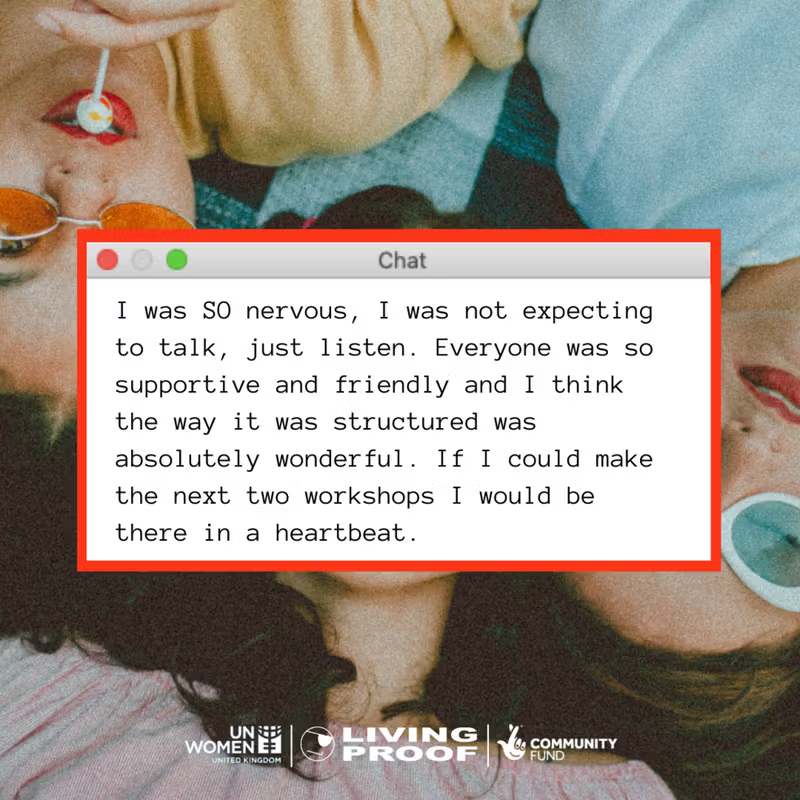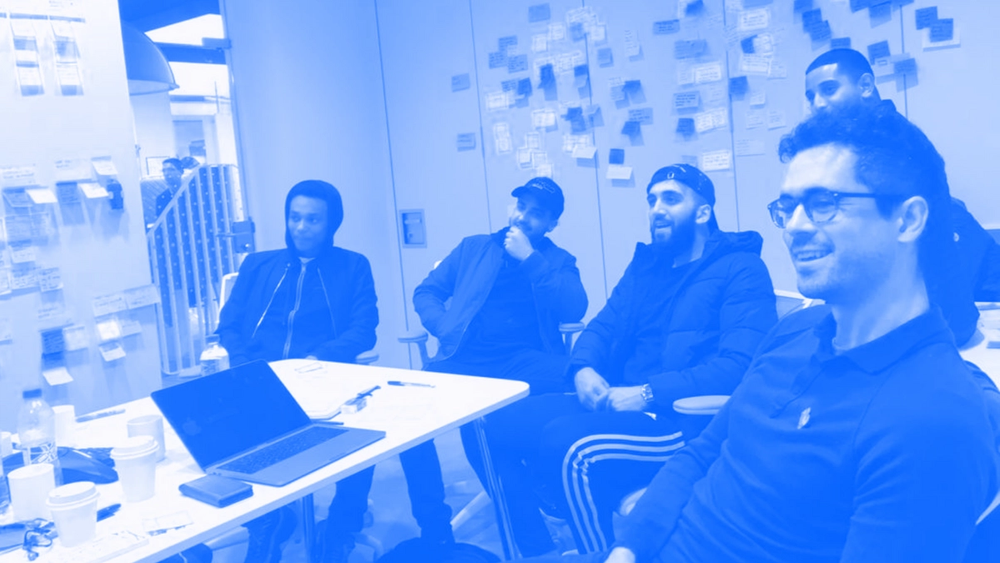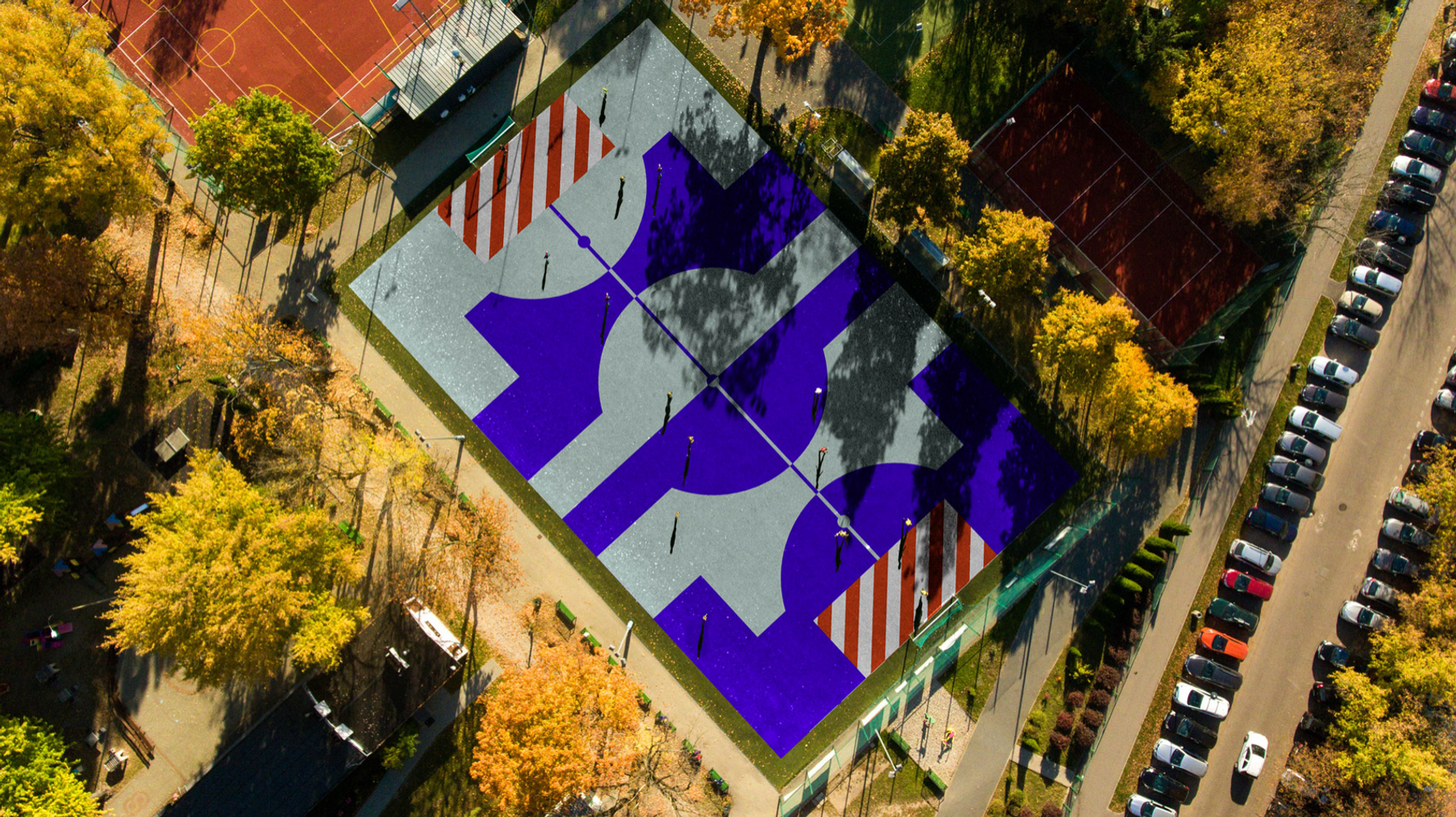As a company that sits at the intersection of business and creativity, we are fortunate enough to meet some incredible people and none more so than the true changemakers at Living Proof.
Whilst most of our time is spent pairing brands with more traditional creative agencies we always keep one eye open for businesses offering other best-in-class services that might prove valuable to the clients we help. The past few years has seen Gen Z’s influence and independence (read: spending power) shift significantly, and with that has come a desire from brands to connect with them more directly – CEO’s have to understand that young diverse talent hold the keys to everything that’s next, but are more often than not paralysed by the gulf that exists between the traditions in their boardroom and the attitudes of this next generation.
This is where Living Proof come in. They thaw out businesses and create action from within by championing the ethos “done is better than perfect”, existing to help brands build more inclusive and crucially youth-driven products for their customers, from the inside out. What they offer (and the way they offer it) is unique in the truest sense. We sat down with them to learn more and left thrilled by the prospect of connecting them to businesses that want to be part of a more progressive future.
- Nick BellIf you could distill the essence of your business down to one sentence, how would you describe what you do?
Rosie BakerLIVING PROOF helps brands build cut-through products and services for gen z, and we do this by bringing your gen z customers into your boardroom to design and test the product hand-in-hand with you. As your equal. A riff on ‘FUBU’ if you like.
- NBTell us about the origin story of LIVING PROOF. Where were you before, and what was the catalyst for getting started.
RBThe 3 of us took a risk. We left our sales, big four innovation consulting, and operations jobs to join Year Here (a social entrepreneurship venture builder) just before COVID. Being unpaid and working on the frontline in the chaos that was Lockdown 1 was great and painful. But it only made us each thirstier to build a commercial business fast that does good too. During Year Here, Miriam supported young people’s creative enterprises at a youth centre in Northwest London, Rosie coached the cohort in proposition design + innovation skills to create solutions to COVID problems, and Winnie accelerated mutual aid networks with Camden Council. Separately, we saw that innovation skills in the hands of young talent, in the right spaces, breeds radical solutions, ideas and feedback quickly. The fact that young people normally wait years to practise these skills professionally (like it was for us) became a regular topic of conversation. We still can’t find a decent answer for WHY. So what kicked the LIVING PROOF engine into gear? The fear. Not from us - we saw the fear that Gen z have about brands + professionals. And on the other side, the fear brands have about interacting with gen z customers. 6 conversations later and we spotted the gap between two audiences that need each other to win.
- NBAwareness around diversity and inclusion is higher than ever — yet still its a subject many businesses don’t know how to handle. What are the most challenging aspects of doing what you do, and what advice do you have for companies looking to tackle these issues with confidence?
RBWe think one of the ways companies fall down is in thinking the work ends when diverse talent steps through the door. In reality, it’s just the start. Retaining and growing diverse talent means making the conditions, behaviours and culture welcoming for different lived experiences + ways of working. It’s a big topic yes, but there’s so much analysis paralysis and overthinking. Behaviours which lead to zero change. One of the founding principles of our business and our culture is to ‘bring your whole self’. So when a young person comes to work with us, they know that every part of their identity, their history and the way they experience the world is hyper valuable and welcome (and often the edge that creates standout design). We’re also heavily into feedback. So they’re constantly telling us what good looks like. But how can you bring about the confidence and capability in your people with diverse lived experience to tell you what good looks like? My advice for companies is to get a new process in place that enables everyone to contribute ideas and then test them out! Start small, test and learn what works, edit as you go and build out the proven ideas from here. It’s fine not to have the answers yet, but we’ve all got to ‘take ownership’ of that + decentralise power to surface them! We’re fierce on living and breathing our values but we don’t dictate to our young people what a good idea looks like, and nor should you. We give our teams the confidence and skills to match with their lived experience and let them get on with it. The answers are always unexpected, fun and extremely valuable. So what’s challenging for us? The fear brands have of doing something ‘wrong’ and so end up doing not much at all. But you don’t know what’s right until you start trialling things out! Create a safe space, share power, start small, and become the experimenters. To get into action mode, two mindsets we find useful are = ‘done is better than perfect’ and ‘challenge each other hard with love’. You’ll quickly find ways to become more just, equitable, supportive. And in turn, resilient.


- NBHow do you avoiding finding yourself working with brands who’s motive’s are less authentic and more virtue signalling?
RBOur USP is that we’re youth-led, which makes us a challenger to the innovation consulting space. That means everything we design is decided by what young people want for themselves. What’s true is that this is the exact opposite of how design usually works, where designers decide things ‘for’ someone else. So how do we avoid brands who are all chat no action? Well, our opposite way of doing things will be jarring. Plus our young people will call out any bullshit in seconds! But if you’re wanting actual change we’re here for the journey. This is why we’re intentionally upfront and fierce with our ways of working because it surfaces false intentions pretty fast, and is the only way to foster trust between clients + young people from day 1.
- NBHow do you recruit the youth teams you work with?
RBOne of the biggest myths is that this is a population that is hard to reach. They’re not, but finding the freshest ideas and talent does require fresh approaches to hiring. We find our young teams in two ways. First - we have relationships with youth organisations across the country who nurture traditionally marginalised young talent. We work with our partners to get our job opportunities in the faces of young people who have of the creativity, drive and hustle but lack the opportunities and networks to show their value. Second - we have a growing database of young people who have signed up to be a part of our community. It’s pretty lively and we give a first look at our jobs to them. To make sure we recruit the best talent for the project, we give our young employees great benefits. We pay well, they learn skills and mindsets, and they also make professional connections. And our recruitment process is different and cuts straight to the point because we don’t believe in CV’s. Making final selections from so much talent is a tricky moment for us!
- NBHow do they offset experience with innovative creative thinking? Ultimately experience is a foundation for business know-how and while experience doesn't begat quality, it does underpin it often.
RBQuality work is hard won via experience no doubt. But for creative thinking, we believe the more varied the input, the more unexpected the combinations of things, and the more creative the ideas. So we bring a rich mix of people into one space. Our young people’s value is rooted in their ‘freshness’. Our youth teams aren’t biased by the ‘ways things always have been’, and their thinking isn’t yet narrowed by being a ‘specialist’. Whereas our client’s value is in their experience. We see it that the more different experiences we can get into a room, the more unique combinations of ideas can be created. It’s the refreshing mix of minds that creates the potency. In practical terms during day to day project life, we offset this as our core LIVING PROOF team acts as coaches + the facilitators. We guide you all through our tried and tested research, co-design and testing methods. And we’ve proven that innovation processes driven by young people on the inside quickly yield authentic and bold results.




